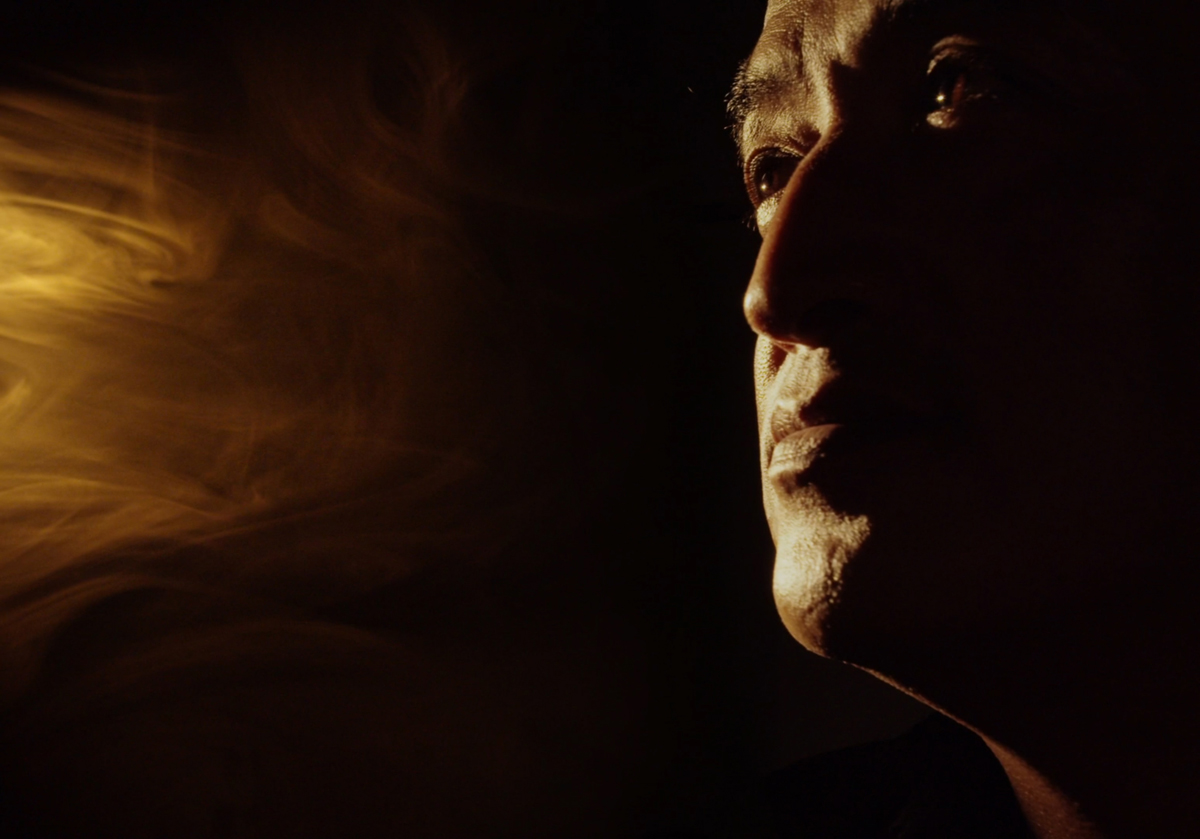The Heart and Hands Behind Apala's Craftsmanship

Kalighars, the skilled artisans behind the intricate art of jewelry making, are the backbone of every masterpiece. At Apala, we celebrate the dedication and artistry of our Kalighars, such as Ramesh…..., fondly known as Ramesh ji.
A master of his craft, Ramesh ji has been an integral part of Apala since its inception in 2013. He is the key artisan who transforms raw materials into pieces of beauty and meaning. In this exclusive interview, Ramesh ji reflects on his journey, the significance of craftsmanship, and the passion that continues to fuel his work.
How did you first get into jewelry making?
I entered the world of jewelry almost by accident, 30 years ago. What started as a simple attempt to earn a living soon turned into something far greater than I had ever imagined. In the beginning, I had no grand vision,just the hope of creating pieces that could support me financially. But as I immersed myself in the craft, I discovered an unexpected passion. Over the years, jewelry making has become more than just a profession; it has been a journey of creativity, learning, and personal growth.
What was the first piece of jewelry you made, how did it feel to see it come to life?
The first piece I ever made was a ring, about 16 years ago. I still remember the thrill of watching it take shape, step by step. From the initial sketch to casting, crafting, stone setting, and the final polish every stage was mesmerizing.
Do you have a favorite piece of jewelry that you’ve created?
Every piece of jewelry is a favorite because each one is unique, carrying its own story and journey of creation. From the initial idea to the final polish, every design has its own process, challenges, and moments of inspiration. That’s what makes each piece special in its own way.
Can you walk us through your process when you’re creating a new piece?
The process of creating a new piece of jewelry begins with inspiration and conceptualization, where the design is initially sketched. After that, the design is transferred to a computer, where a 3D model is created to visualize every detail and make necessary adjustments before moving forward.
Next, the design is translated into a wax model using Computer-Aided Manufacturing (CAM) technology, which is then used to create a rubber mold. This mold is crucial for casting the piece in metal, typically gold, silver, or other materials that best suit the design.
Once casting is completed, the piece undergoes rock finishing, where the surface is carefully shaped and smoothed to highlight the intricate details and bring out the true beauty of the design. This is especially important when working with precious stones.
The next step involves setting the stones, often using locally sourced gems that add authenticity and heritage to each creation. Finally, the piece is polished to perfection, achieving a radiant shine that makes it ready for display or wear as a unique piece of wearable art.
What part of jewelry making brings you the most joy or satisfaction?
The true joy in jewelry making comes from seeing the smile on a customer’s face when they receive their piece. Each smile represents the success of turning a vision into a cherished piece of art.
How has your journey been at Apala?
My journey at Apala has been truly amazing. The team here not only understands but deeply values the work we do, treating us with great respect. They recognize that jewelry is not just a material, it’s an art form, a masterpiece meant to be passed down through generations. This appreciation for the craftsmanship and the stories behind each piece makes working here a truly fulfilling experience.
Is there a particular piece of jewelry you’ve created for Apala that you’re especially proud of?
A piece of jewelry I take the most pride in creating for Apala is the crown for Miss Universe Nepal. It was a special project, and receiving so much praise for it was truly fulfilling.
How do you feel about the role your work plays in Nepali culture and history?
We hold a significant place in Nepali culture and history. Jewelry making has always been a symbol of tradition and craftsmanship, and it is a true honor to contribute to that legacy.
In your opinion, what makes Nepali jewelry unique, and what would you like people to understand about your craft?
Nepali jewelry is unique because it’s not mass-produced. It is largely handmade, with intricate detailing that reflects our rich culture and craftsmanship. What I want people to understand about our craft is that it’s not just about making beautiful pieces, it’s about the dedication, skill, and artistry that go into creating something that tells a story.
How have you seen the jewelry industry change over the years?
The industry has evolved a lot, especially with technology. In the past, everything was done by hand, but now we have tools that make the process faster and more efficient. While the handmade essence remains, technology allows us to visualize designs more realistically beforehand, making it easier to refine the details. It’s a balance of tradition and modernity.
What do you think the future holds for Nepali jewelry?
It’s hard to say for sure, but I believe the new generation of Kalighars needs to truly value their craft. They must put in more effort and work harder, with fewer breaks, because what we do is incredibly important to our culture and history. If we keep the passion and discipline alive, Nepali jewelry will continue to thrive.
Why do you love what you do?
It’s my comfort zone. Jewelry making feels like second nature to me - it’s where I find peace, purpose, and fulfillment.
